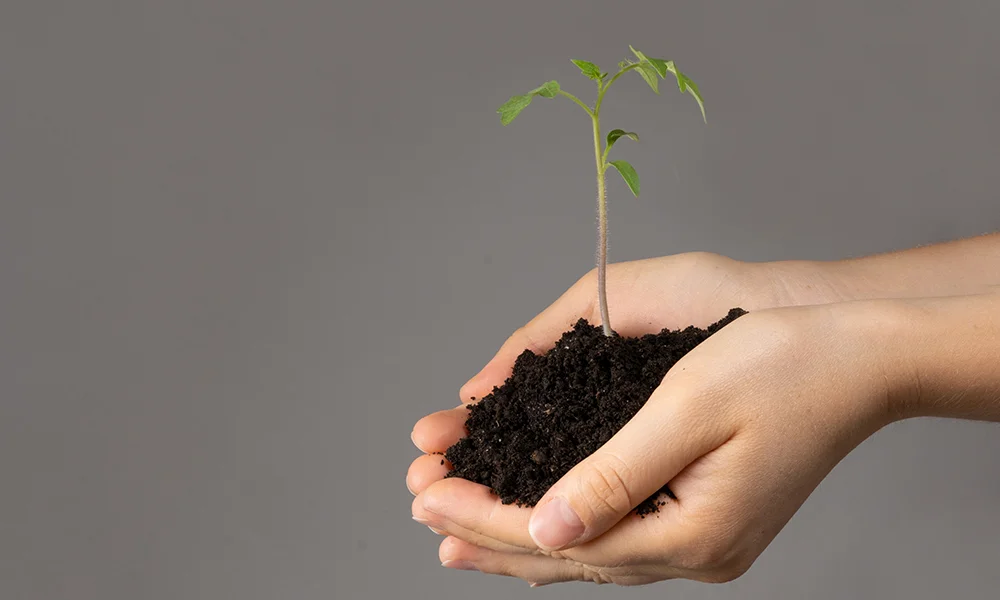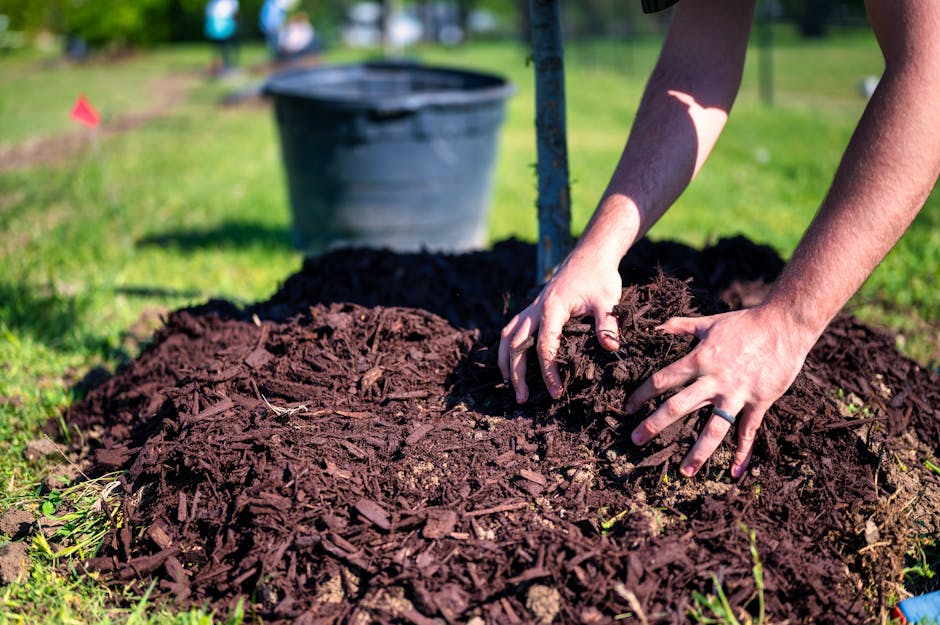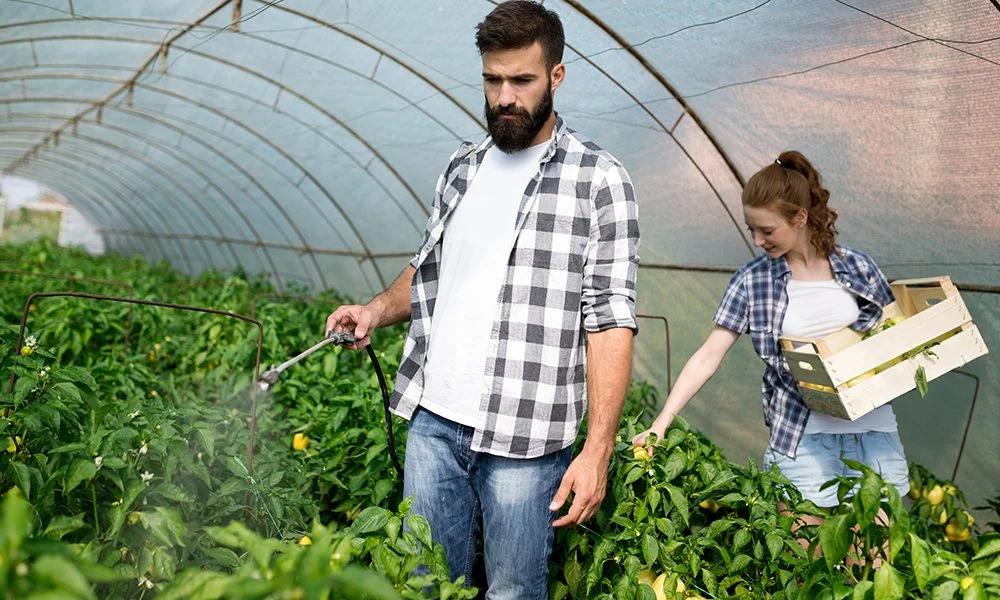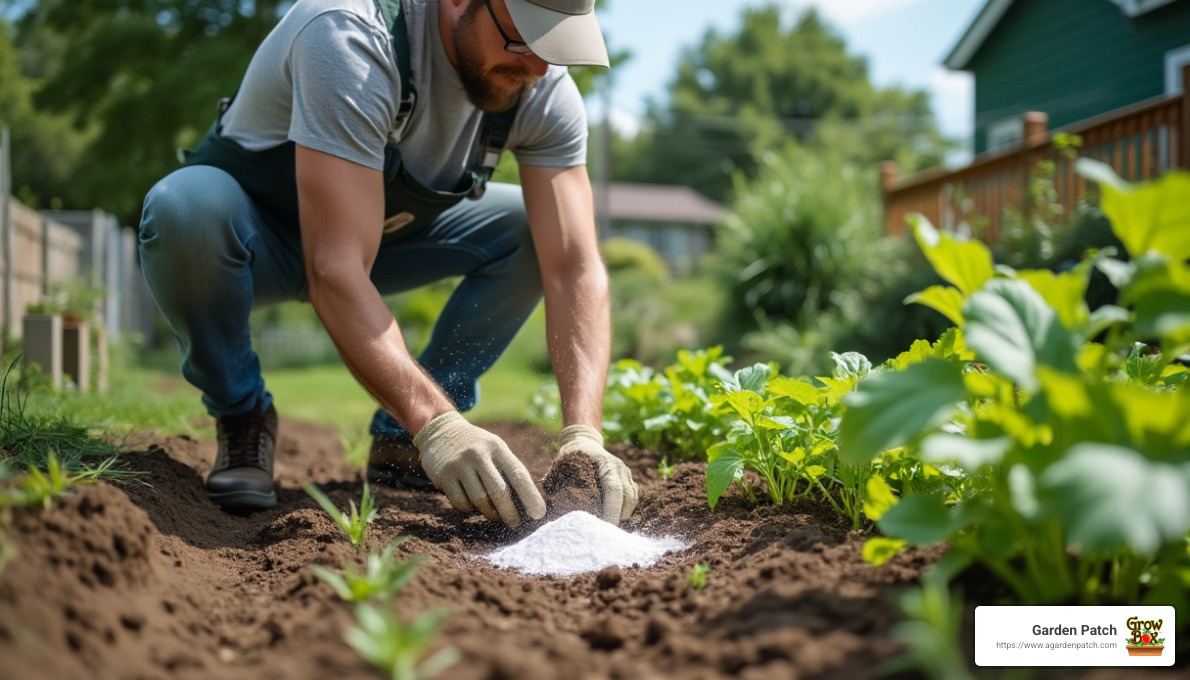Tomatoes are a lush summer vegetable that’s delicious off the vine or as an ingredient in countless dishes. You can find tomatoes in almost every home garden in many shapes, sizes, and colors. While the vegetable typically isn’t hard to grow, you’ll produce the best tomatoes if you learn how to make the plant thrive.
Our team at A Garden Patch has the secret to healthy, abundant tomatoes, and we want to share our best tips with you. In this article, we’ll list six things to consider when choosing the best soil for tomatoes.
If you want a way to grow delicious tomatoes without any gardening experience, try A Garden Patch’s GrowBox. The GrowBox is a tomato planter engineered to do most of the work for you, including fertilizing and watering.
1. Type of Soil
Tomatoes can grow in many soil types, but loose soil is ideal for healthy plant development. Sandy loam, with good drainage and plenty of nutrients, is the best soil for tomatoes. The pH level should be between 5.8 and 7.0, but tomatoes thrive between 6.0 and 6.5.
Clay is hard soil that doesn’t work well with tomatoes because the roots struggle to develop. Garden soil, such as the soil from your back yard, is another poor choice because it dries out quickly and can become too compressed for the plant to grow. It can also contain pests, fungi, and weeds that wreak havoc on your tomato plants.
With the GrowBox, you don’t have to worry about issues like weeds and diseases because the container and Nutrient Patch protect the plant and its roots, and it uses a sterile, nutrient-filled potting mix instead of soil.
2. Nutrients
The soil you use to grow your tomatoes should have an abundance of micronutrients and minerals, such as potassium, phosphorus, magnesium, and calcium. Tomato fertilizers typically have a lot of phosphorus and potassium, which help cultivate healthy, flowering tomatoes. Calcium is also essential as a defense against root rot.
Making sure your tomatoes have plenty of food all season long is crucial to get the most out of your plants. For gardeners who worry about keeping up with their tomato plants, the GrowBox is the perfect solution. The Nutrient Patch slowly releases fertilizer throughout the season, ensuring your tomatoes have what they need to grow.
3. Moisture Control
Tomatoes want a lot of water and can’t grow well in dried-out soil. You should water the plants enough that the soil stays moist but isn’t soggy. The soil or potting mix should have adequate drainage to prevent the roots from sitting in water.
Tomatoes growing in containers require frequent watering because the soil dries out more quickly, but you have to be careful not to overwater the plants. The Garden Patch GrowBox is a self-watering planter that removes the guesswork from watering your tomatoes. The container has a four-gallon water well that feeds water into the roots, making it perfect for gardeners with hectic schedules.
4. Soil Amendments
If you decide to make your own potting soil, you’ll need to know the best amendments for healthy tomatoes. Gardeners use many types of compounds to create the perfect mix for their vegetables, but not all are best for our favorite summer treat.
The following are beneficial amendments to the soil for tomatoes:
- Perlite: naturally occurring volcanic glass that prevents soil compaction, which facilitates drainage and aerates the soil
- Compost or manure: broken down natural materials (compost) or animal by-products (manure) that provide food and retain water
- Sphagnum peat moss or coco coir: organic matter that holds tons of moisture and nutrients
- Fertilizer: supports tomato plant growth with high amounts of phosphorus and potassium compared to nitrogen
The GrowBox comes with fertilizer from Jobe’s Organics, a fast-acting organic blend that rapidly breaks down nutrients for the tomatoes to absorb.
5. pH Level
As we mentioned earlier in the article, tomatoes can grow in soil with a pH between 5.8 and 7 but do best at 6.0 to 6.5. Soil for tomatoes should be slightly acidic, but soil that’s too acidic will inhibit photosynthesis. If the pH level is too high, the plant won’t be able to absorb nutrients properly.
To change the pH level of your soil, use the following methods:
- pH is too low: add dolomite lime to reduce acidity
- pH is too high: add sulfur or fertilizer with ammonium sulfate to increase acidity
The GrowBox Organic Dolomite helps you maintain a pH level between 6.0 and 6.8 and blocks blossom end rot by providing plenty of calcium for your plants. All you need to do is add it to the top four inches of the potting mix in your GrowBox before you plant, and your tomatoes will have an abundance of food and calcium to help them grow all season.
6. Planting Method
The best soil for growing tomatoes can vary depending on where you plant them. Tomatoes in pots and containers need loose soil that drains well but retains lots of moisture. Potting mix is a soilless medium, which won’t contain weeds or pests like potting soil, and is excellent for growing tomatoes and works well in containers.
Tomatoes in pots or containers require a good balance between proper drainage to allow root growth and sufficient moisture retention to prevent the soil from drying. With the GrowBox, you don’t have to worry about these issues because the innovative planter maintains the perfect moisture level. 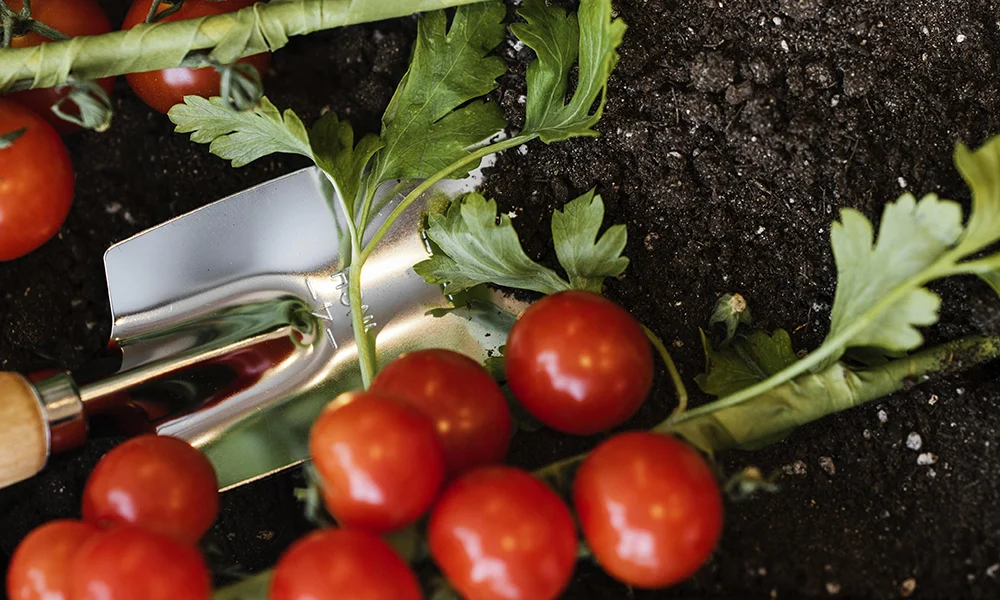
Get a Bountiful Tomato Harvest Without Breaking a Sweat
Now that you know the best soil for tomatoes, you’re ready to start growing them! The Garden Patch GrowBox is a self-watering tomato planter that doesn’t require weeding or fertilizing, allowing you to enjoy a huge tomato harvest in the summer months without having to bend over in the hot sun.
If you want more of our juicy tomato tips, read our recent blog post to learn about the nutrients needed for growing tomatoes. To order your GrowBox, browse our online store or call 800-519-1955.

